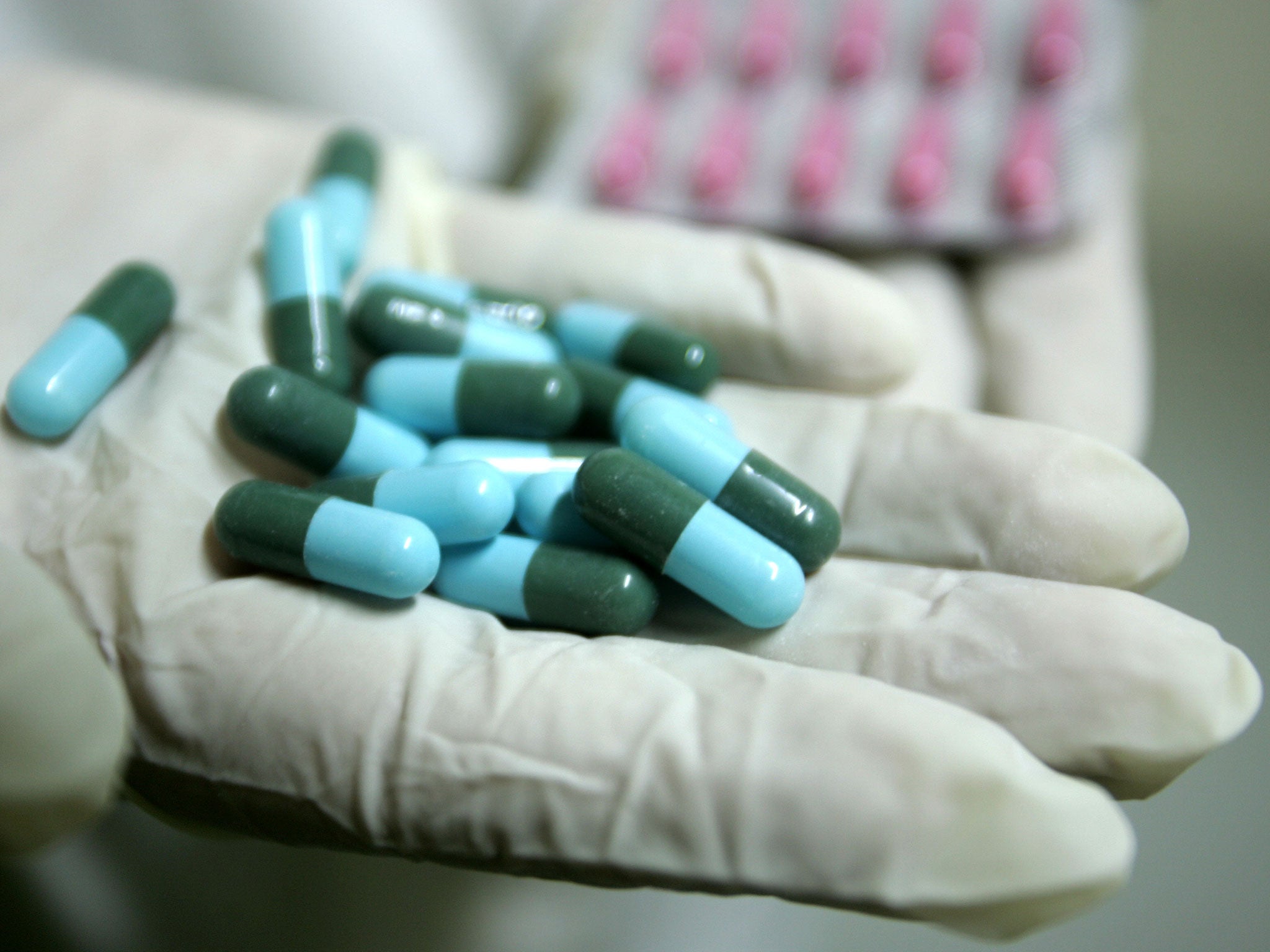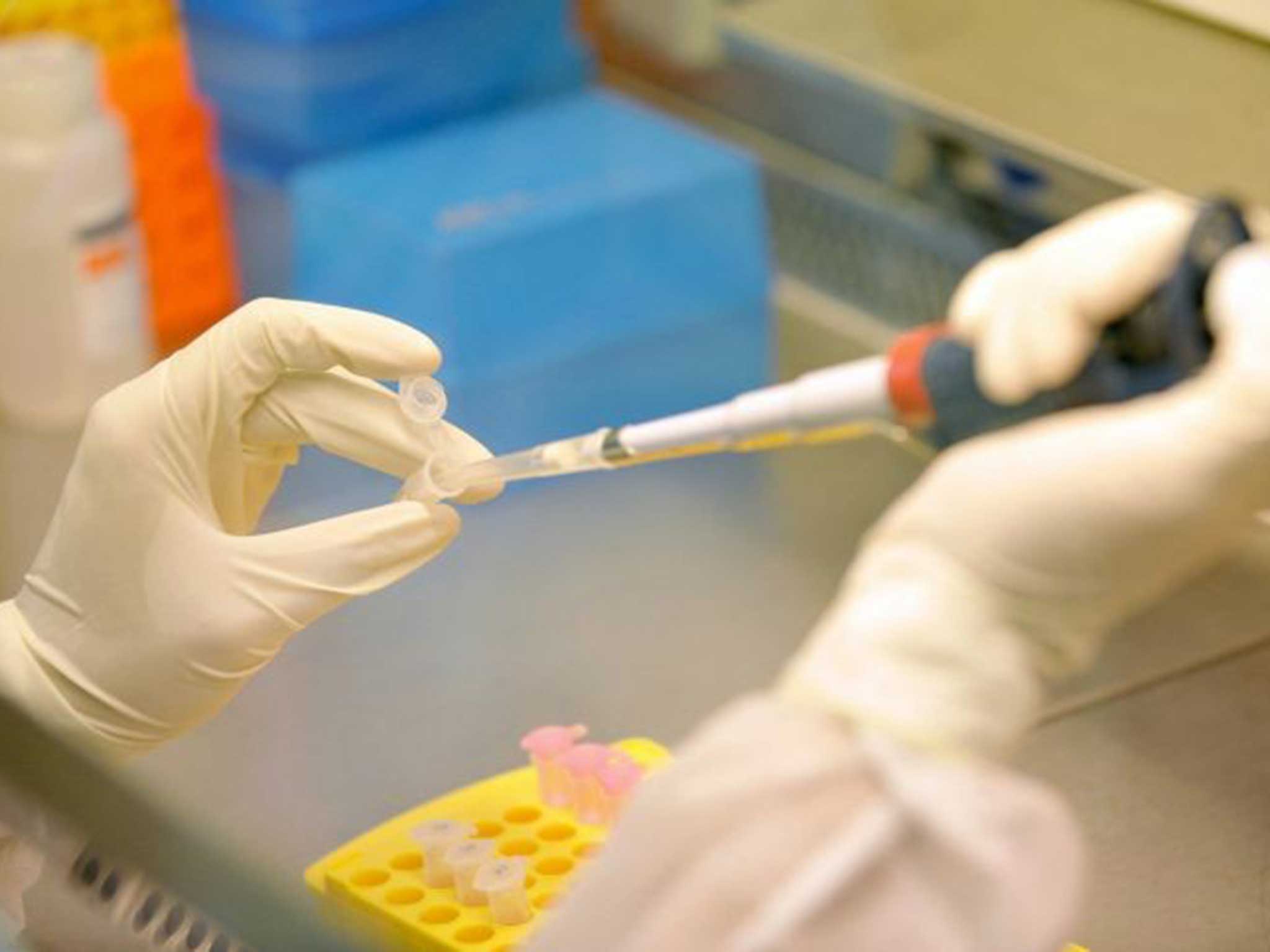The troubled history of clinical drug trials
Clinical trials that went wrong in recent years have had unexpected and devastating consequences on volunteers

One person has been left brain-dead and five others hospitalised after a clinical trial of a drug went wrong, the French health ministry announced today.
Sadly, the news from Rennes, in south-western France, is not the first – or most likely the last – high-profile incident of its kind, in which the lives of volunteers have been lost or irreversibly altered.
France’s medicines agency, ANSM, has launched an investigation into the Biotrial laboratory where a “serious accident” led to the abandonment of the experimental painkiller trial and the recall of all volunteers.
Medical trials commonly have three phases to determine how safe and effective a potential drug will be.
The first phase focuses on safety, typically with a small cohort of volunteers.
Phases two and three tend to be larger trials examining the drug’s effectiveness, as well as safety.
Here are three other clinical trials that went wrong in recent years - with unexpected and devastating consequences:

The ‘elephant man’ drug trial, UK, 2006
Six healthy young men were treated for organ failure within hours of taking part in the early stages of a trial for a drug, TGN1412, to treat conditions such as rheumatoid arthritis and leukaemia, run by private US company Parexel on-site at London’s Northwick Park Hospital’s research unit.
The men were admitted to intensive care, where some of their heads swelled up – giving the incident its nickname, ‘the elephant man’ trial – after 19th Century Englishman Joseph Carey Merrick, whose severe deformities led to him being exhibited as a human curiosity.
The worst-affected of the men lost fingers and toes, and all the men were subsequently told they would be likely to develop cancers or auto immune diseases as a result of exposure to the drug.
Some of the men later described how the drug had made them feel like their brains were on fire and that their eyeballs would pop out.
Parexel said it had followed all of the recommended regulatory, clinical and medical guidelines and that such cases were extremely rare.
But a report into the trial said the company was not clear about what was a safe dose to start testing on humans was and found that it should have tested the drug on one person at a time.
The report made a number of recommendations, including the Medicines and Health Products Regulatory Agency – which had approved Parexel’s trial – ensuring that committees considered pre-clinical data to decide whether the first dose of the drug to be tested on a human was the right dose.

The anti-psychotic drug trial, US, 2004
Dan Markingson, 26, a mentally-ill man, took part in a clinical trial for the anti-psychotic drug Seroquel conducted by the University of Minnesota’s Centre for Bioethics in Minneapolis.
Six months after starting the trial, he stabbed himself to death, reportedly leaving behind a suicide note.
He was being treated with the drug for delusions, including the belief that he was about to be summoned by a secret group and asked to murder people.
An investigation by the US Food and Drug Administration in 2005 cleared the university of any responsibility for Mr Markingson’s death.
But there are those who maintain that ethical guidelines were apparently broken by the university, including claims that Mr Markingson was not competent to consent to the study and, warnings that he was in danger of committing suicide were ignored.

Clinical trial for gene therapy, US, 1999
18-year-old Jesse Gelsinger is understood to be the first person publicly identified as having died in a clinical trial for gene therapy.
The teenager suffered from a liver disease caused by a genetic mutation and joined a clinical trial run by the University of Pennsylvania’s Institute for Human Gene Therapy that wanted to develop treatment for infants born with a severe form of the disease.
He was injected with an adenoviral vector carrying a corrected gene to test the safety of the procedure.
Mr Gelsinger died four days later, reportedly of multiple organ failure and brain death.
An investigation by the US Food and Drug Administration reportedly found that the scientists involved in the trial, including Dr James M. Wilson, who headed the institute and was a co-investigator, broke rules of conduct.
Among other factors, it found that Mr Gelsinger’s inclusion in the trial even though he had high ammonia levels – as a substitute for another volunteer who had dropped out – should have led to his exclusion.
The university settled a wrongful death lawsuit brought by the Gelsinger family for an undisclosed sum.
Speaking to Scientific American magazine in 2009, Dr Wilson said: “The university here, the field and the families who were relying on us to succeed – I just feel as if I’ve disappointed all of them.
“Quite frankly I don’t know how many different ways I can say it. [I feel] regret, remorse, awful. I’m sorry.”
Join our commenting forum
Join thought-provoking conversations, follow other Independent readers and see their replies
Comments